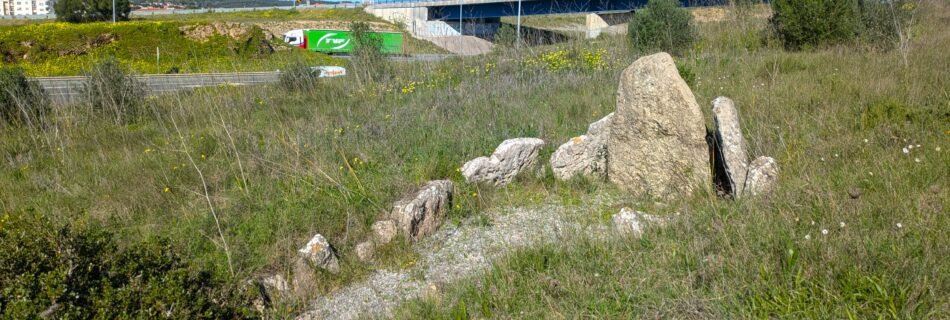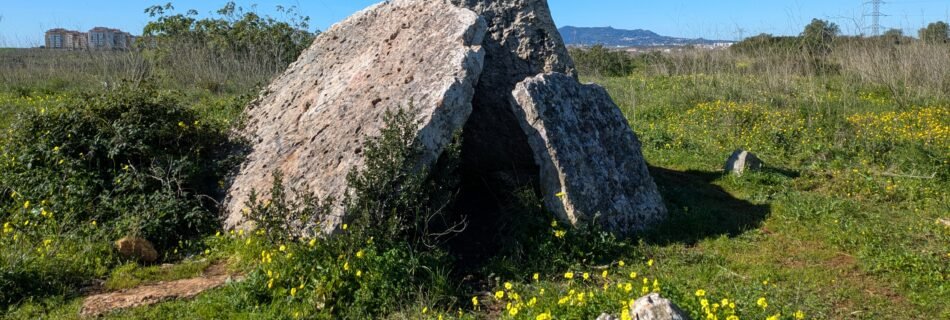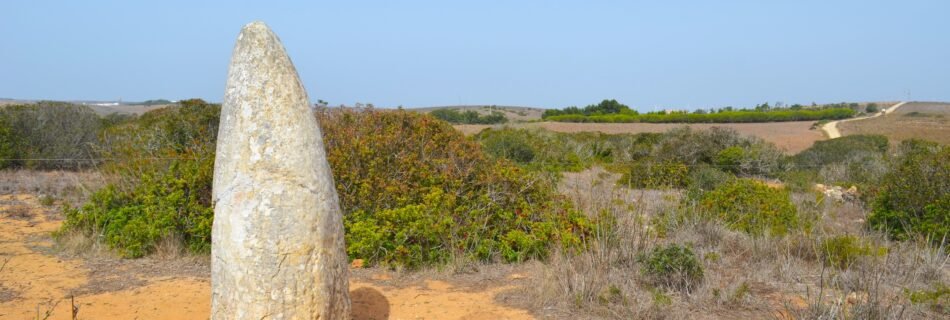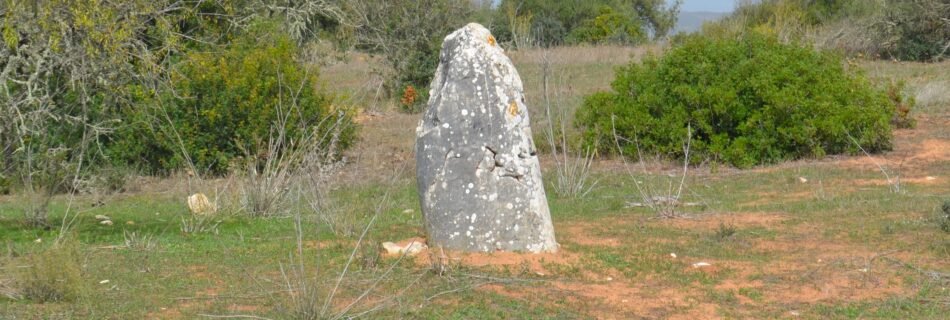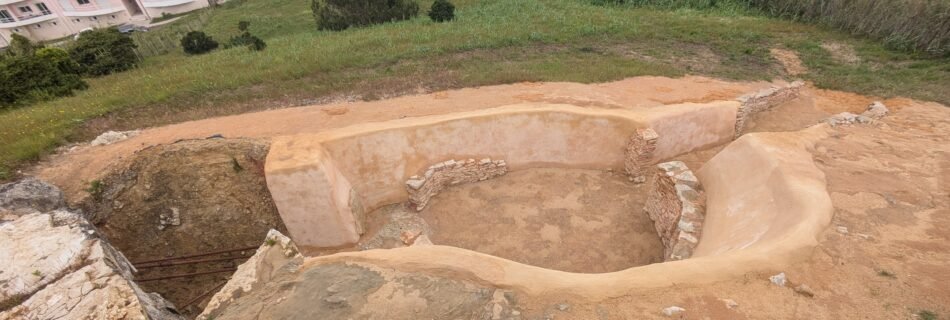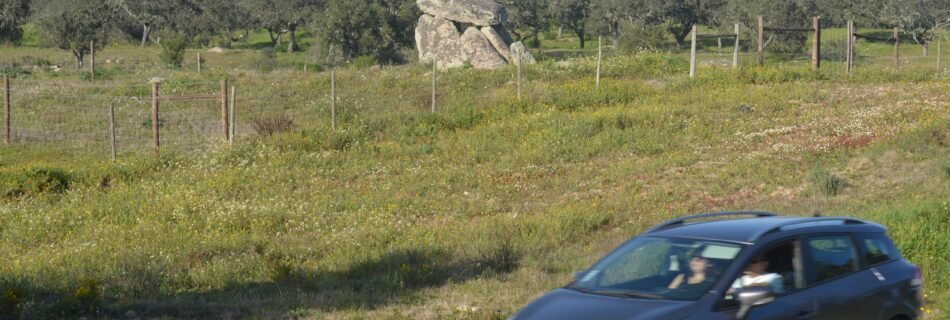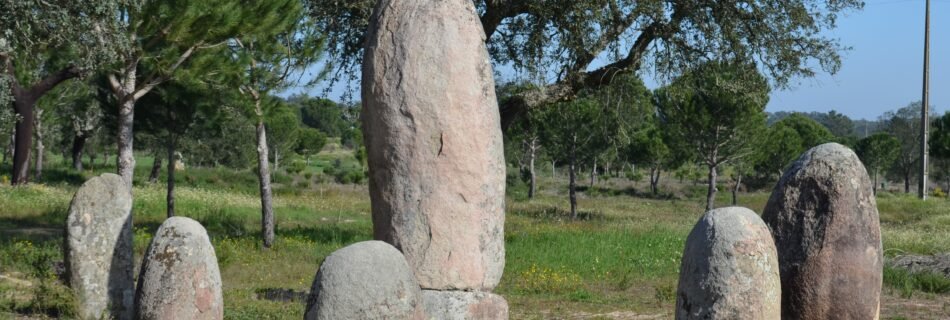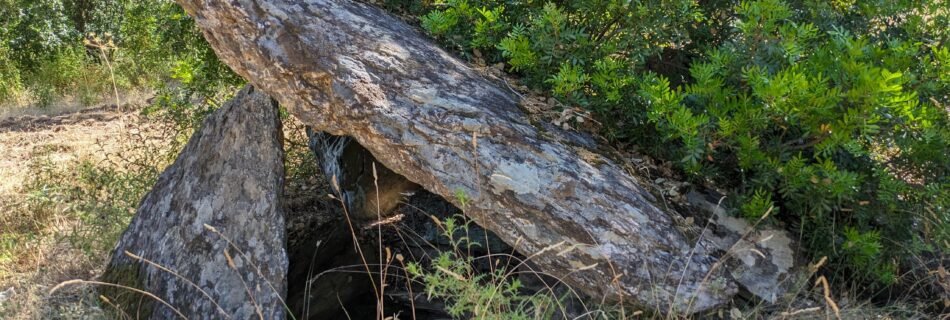Anta da Estria
The cars and trucks go whizzing past. They used to be able to stop and refuel, allowing the people inside a chance to get out and stretch their legs. Now the motorway exit and nobody stops and gets out. The megalithic tomb is largely unvisited and only rarely seen as the vehicles rush past. The …
